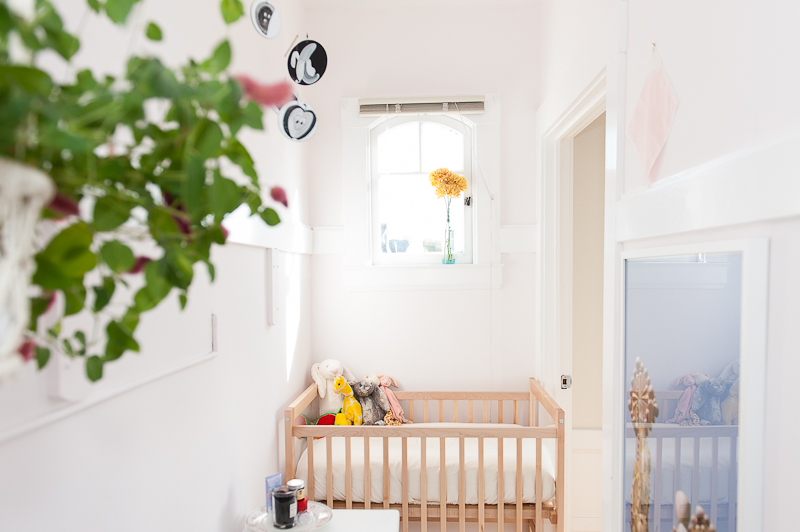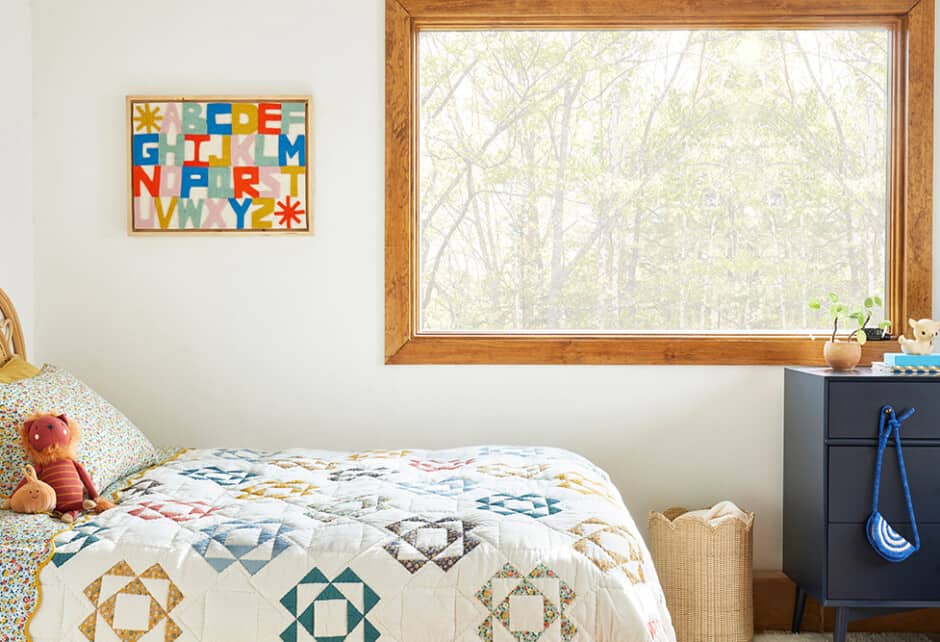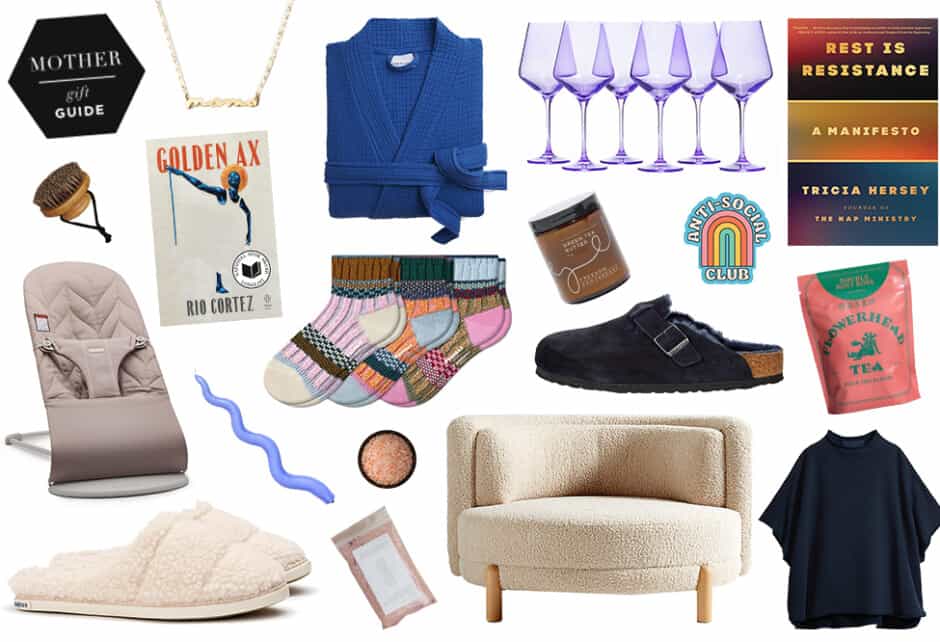
How to Create A Montessori-Inspired Home
Written by Sara Langer
Photography by Photo Courtesy of Calivintage
The Montessori Method is a well-known, educational philosophy that focuses on the whole child and aims to build independence from a young age. Dr. Maria Montessori, the first female doctor in Italy, developed her method and curriculum after observing that young children can teach themselves and flourish in an environment prepared specifically for their developmental needs. Montessori classrooms are beautifully inviting spaces, with soft lighting, solid wood furniture, plants, and simple artwork. The shelves are sparse, yet thoughtfully curated, and a large cozy rug adorns the center of the room. Using the Montessori method as your muse for setting up a child-centered area at home is a win-win. You can create a tastefully decorated space that will promote independence and learning. Whether or not Montessori will be a part of your child’s education outside of the house, incorporating these ideas into your home life is simple. It does not need to be an all or nothing approach, so see which of these characteristics of Montessori spaces appeal to you and your family.
Tiny Furniture and the Prepared Environment
“Help me do it myself” could be considered the Montessori mantra. The idea is that given an environment and materials free of obstacles and designed specifically for the child’s developmental stages and needs, a child can learn and gain independence with little adult guidance. Having a small table and chairs and some low shelving is a great place to start. If your child has her own room, consider what you would need to do in order to leave her alone in her room and feel completely confident that she will be safe and free to move and play as she pleases. In Dr. Montessori’s words, “to assist a child we must provide him with an environment which enables him to develop freely.”
Everything at Eye Level
Low, open shelving is the cornerstone piece of furniture in a Montessori classroom or home. Toys, books, and even clothing, can be placed at a height that is easy for them to access without assistance. A short clothing rack, with only a handful of items hanging and a vertical mirror next to it can encourage your child to dress themselves. Consider hanging photos or artwork closer to the ground, so it can be appreciated by even the shortest members of your family.
Order and Simplicity
The child’s space should have a sense of order, calm, and cleanliness. Montessori describes the young child as having “sensitive periods” in which he is primed for learning a specific skill or piece of knowledge. From birth to five years old, peaking during the toddler years, Montessori believes children are in a sensitive period for “order.” They learn best in a calm and orderly environment, where everything has its place and there is a sense of consistency and routine. Consider getting rid of baskets or bins full of toys and only keeping a few items out at a time, each having their own specific space. You can rotate items out based on your child’s interests. Having fewer items out, each with its own spot on a shelf or in a small basket, will make clean-up simple for your child and allow them to take responsibility for putting their things away on their own.
Learning with Natural Materials
In her book From Childhood to Adolescence, Montessori states: “There is no description, no image in any book that is capable of replacing the sight of real trees, and all the life to be found around them, in a real forest. Something emanates from those trees which speaks to the soul, something no book, no museum is capable of giving.” Spending time outside, engaging in open-ended play and exploration is important. But also, bringing nature inside is important as well. Have your child collect rocks, leaves, pinecones, flowers, etc., and keep them on a small tray for exploration later or help them put any fresh greenery in a vase to admire. Decorate with natural fibers like cotton, wool, silk, and wood or bamboo. Avoid plastic and other man-made materials. (Check out these nature-based art projects, too!)
The Montessori Mirror
A classic Montessori infant nursery, or Nido (nest in Italian), will have a flat space for a baby to lay, like a floor bed or sheepskin, with a low horizontal mirror next to it. The mirror provides infants with an opportunity to see their own reflection and study their movements, providing a greater sense of self-awareness at a young age. It also gives them another way to view their room or environment and promotes the movement and strengthening of their neck as they lift and turn their head. For a toddler or young child, a mirror can be used to promote self-care activities, such as brushing their hair or wiping their face. Simply being playful and admiring themselves in the mirror will provide a lot of entertainment, too.
Freedom of Movement and the Floor Bed
You will likely not find a crib in a Montessori bedroom, but instead a mattress on the floor or a minimal, low, bed frame. The floor bed allows for freedom of movement and independence. The child does not need an adult to help them get in and out of bed, as they do with a crib. They can learn to get up on their own, but also to lie down on their own, when they are feeling tired. One of the more controversial parts of a Montessori nursery, the floor bed may not be the right move for every child or family, so consider your circumstances and what will work best for your particular situation.
For further reading on this topic, check out Mother’s pieces on Montessori Activities for Toddlers, Montessori Activities For Kids, How To Help Your Child Be More Independent, and The Benefits Of Play-Based Education.
Share this story




